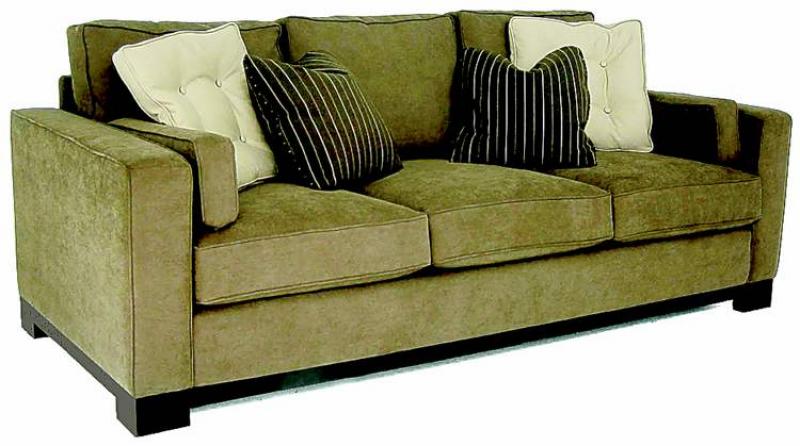Dear Leanne: I was dog-sitting my friend's exuberant two-year-old terrier, which seemed to enjoy sleeping on our couch. Apparently he isn't allowed on the furniture, but likes to sneak up when no one is looking. We suspected this as we often heard a mad scurry in this room, just before we entered, only to find sweet little Toby sitting attentively on the floor.
However, in one of his efforts to scramble off the couch, he managed to pull the seat cushion fabric with his claw. The pull is about two centimetres long and is quite noticeable. Can this be repaired?
ANSWER: How unfortunate that your gracious assistance to your friend left you with some lingering effects. There is a good chance that this can be repaired. Much of your success will depend on how extensive the damage is and your fabric.
Whatever you do, do not cut the loose threads. This will cause more problems. If you can remove the cushion cover from the foam, do so and check the underside of the fabric near the pulled area.
Upholstery fabrics are usually composed of fibres that have either been woven or bonded together. In your situation, the pulled thread indicates that the fabric was likely created on a loom using a weft and warp pattern. The warp threads are secured to the loom in an up-and-down fashion, the weft threads crossing over and through from left to right. Because all the threads are interwoven, you don't want to cut a thread that is pulled. Not only will this cause an abrupt change in pattern, but you may create a permanent hole as the fibres have now been severed.
With an upholstery needle, attempt to pull the loose thread to the wrong side of the fabric. An upholstery needle has a hooked end that allows you to push the needle from the back of the fabric, hook the loose thread at the front and guide it safely back through the hole.
If the pull has disrupted the pattern, obviously, you can attempt to reposition the loose thread by working from the front of the fabric and gently pulling thread (with a regular needle) between the weft and warp grid, starting from the outer edges of the pull and working in.
If there is too much tension (as the pull is too long or the thread is not moving easily), adjust your method and work closer to the centre, moving to the outer sides as you go. The ultimate goal is to safely pull the thread back into place.
Some things that could pose a challenge here are:
-- The fabric has a coating on the wrong side for stability.
-- The fabric covers an attached seat. This may require the fabric to be completely removed.
Check with an upholsterer for professional advice before you start on this project so that you understand your options and limitations.
Dear Leanne: At a recent renovation show I saw leather tiles displayed at one booth. How practical is that?
ANSWER: Leather tiles are beautiful and have been shown to be a stunning option for both floor and wall applications. Regarding their practicality, common sense should prevail. There are different manufacturers of these tiles; some are sourced from recycled leather and others from hide leather. The recycled leather has proven to be as resilient as linoleum and have similar indentation/resilience properties to cork. Leather hides will show surface wear and patina over time, which could be a look you are after.
According to their manufacturers, these tiles have been used in all types of rooms, including high-traffic boardrooms and hotels, while still maintaining their beauty.
As a wall tile, this stunning cover offers a rich opulence to any decor. It also offers sound absorption, which is often a challenge in contemporary designs using hard, minimalistic furnishings.
Make sure to check the product care guides and warranties to ascertain possible limits to the tiles' application.
-- Postmedia News
Leanne Brownoff is an Edmonton interior design consultant who welcomes your questions at lean-nebrownoff@shaw.ca. Answers will be featured in her column as high volumes prevent individual email responses.




